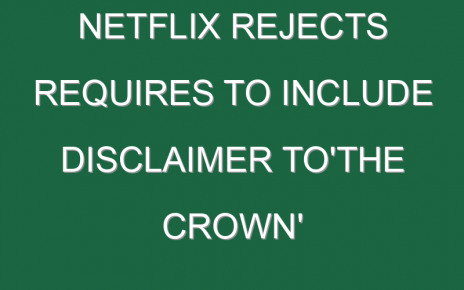This is the web version of Term Sheet, a daily newsletter on the biggest deals and dealmakers. Sign up to get it delivered free to your inbox.
The SPAC attack continues.
Lending startup SoFi on Thursday announced that it had agreed to merge with Social Capital Hedosophia Holdings Corp V, a blank-check company led by investor Chamath Palihapitiya, in a deal valuing the company at $8.7 billion.
Backed by investors including SoftBank and Silver Lake, SoFi had its start in student loans before branching out to home loan refinancings and other investment products. The company plans to use some of the $2.4 billion in cash it will receive from the new deal to finance its expansions, including paying back debt from its $1.2 billion acquisition of payments software company Galileo last year.
Nearly 250 SPACs were formed in 2020, breaking past the historical record by a moonshot. There’s good reason for the surge: Companies see the SPAC as a quicker way to raise funding and go public than via an IPO, while SPAC creators are often in for a big paycheck for taking a business to market. Private equity investor Alec Gores, for instance, turned $25,000 into $80 million after combining one of his many SPACs with United Wholesale, a mortgage company.
That’s thanks to a so-called 20% “promote,” which gives the sponsors of the deal, or those who formed the SPAC in the first place, 20% of the shares of the SPAC itself for a nominal price.
But with more SPACs than there are viable targets, SPACs are playing around with this so-called 20% promote to make themselves more attractive to potential acquirees. Hedge funder Bill Ackman’s SPAC did away with the promote entirely, opting instead to receive warrants that give him an option to buy shares in the combined company. The 20% has been negotiable in deals: The median promote ends up falling around 7.7% per a November study.
Still, the 20% promote mostly persists as the go-to in SPAC filings—as it did in Hedosophia Holdings Corp V’s S-1. Here’s IPO consultancy Class V Group’s Lise Buyers on the topic: “I think that the best of the best will be able to keep the 20%. But the performance of the companies merged into Hedosophia will be incredibly important to whether he will get the 20% promote or adjust to the new realities.”
Palihapitiya for his part has defended this payout in the past. In an interview with the Financial Times, the former Facebook executive said: “I just don’t understand why all of a sudden it’s OK for banks to make money, but it’s not OK for other people to make money.”
As part of the $2.4 billion, investors are also contributing some $1.2 billion as part of a private investment. Hedosophia (built by Palihapitiya and investor Ian Osbourne) is contributing $275 million. Investors including BlackRock, Altimeter Capital Management, Durable Capital Partners, and Healthcare of Ontario Pension Plan are paying $950 million.
As part of the $2.4 billion, investors are also contributing some $1.2 billion as part of a private investment. Hedosophia (built by Palihapitiya and investor Ian Osbourne) is contributing $275 million. Investors including BlackRock, Altimeter Capital Management, Durable Capital Partners, and Healthcare of Ontario Pension Plan are investing $950 million.
Lucinda Shen
Twitter: @shenlucinda
Email: [email protected]




